Do you want a healthy dog? Vets reveal the 10 extreme body conformations owners should AVOID, including flat faces, sloping backs and short legs – so, does your dog have them?
From the long bodies of dachshunds to the squished faces of pugs, many of the most popular dog breeds are known for their extreme bodies.
Although these exaggerated features are often perceived as ‘cute’, they can leave dogs with serious health problems and, as a result, a poor quality of life.
Now, vets have issued new guidelines on the 10 extreme body conformations that owners should avoid.
This includes a bulging or domed skull, twisted legs, a sloping back, and protruding eyes.
‘No owner ever wants an unhealthy dog, but the enormous popularity of dogs with extreme builds suggests that many owners have not fully understood the link between body shape and canine quality of life,’ said Dr Dan O’Neill, Associate Professor of Companion Animals . Epidemiology at the Royal Veterinary College (RVC).
Vets have issued new guidelines on the 10 extreme body conformations that owners should avoid
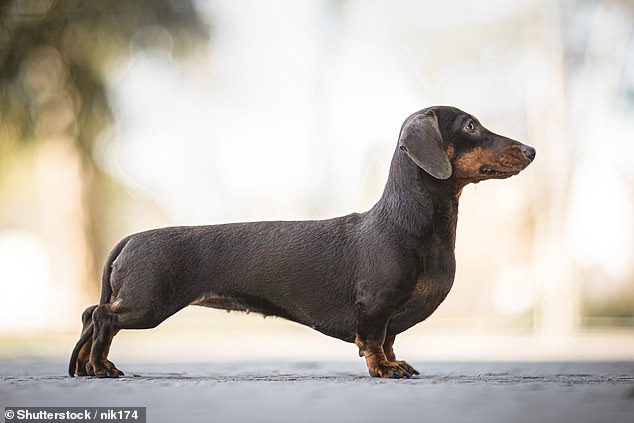
Short and twisted legs – as seen in dachshunds – can lead to back problems, the researchers warn
Several popular dog breeds suffer from ‘extreme conformation’, where an exaggerated body shape negatively impacts their health and well-being.
Most of these extreme features did not occur naturally, but are the result of hundreds of years of breeding.
Now the International Collaborative on Extreme Conformations in Dogs (ICECDogs) has teamed up with the RVC to publish new guidelines to help potential owners choose dogs with ‘good congenital health’.
“Innate health is a concept developed after ten years of research at the RVC and refers to a dog’s ability to enjoy life without limitations due to health problems associated with extreme conformations,” the RVC explained in a statement.
To have good innate health, the researchers say a dog must be able to breathe freely at rest and during exercise, without the need for corrective surgery.
They must also be able to maintain a normal body temperature, move freely, eat and drink effectively, hear, smell, see, groom themselves and sleep effectively.
Moreover, according to the researchers, healthy dogs should be able to reproduce and communicate with other dogs.
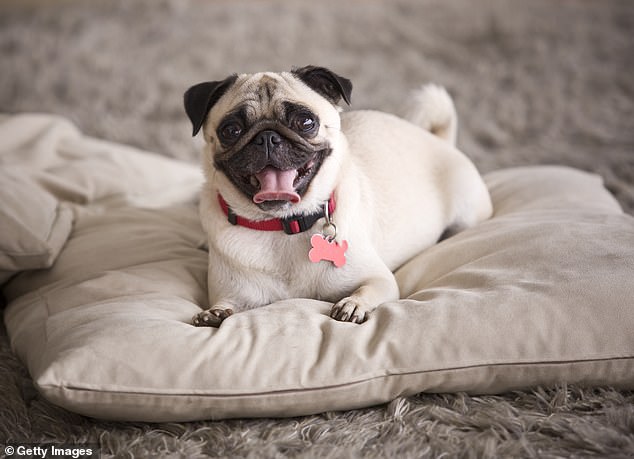
Not surprisingly, a flat face tops the list as the number one extreme physique to avoid. Flat-faced breeds include pugs (pictured), English Bulldogs and French Bulldogs
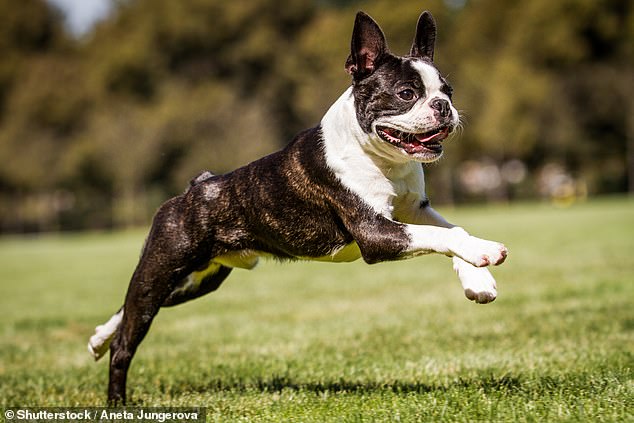
Taillessness – as seen in the Boston Terrier – at birth can make it difficult for dogs to communicate with each other
Based on these criteria, the researchers have drawn up a list of 10 extreme body conformations that should be avoided in dogs.
Not surprisingly, a flat face tops the list as the number one extreme physique to avoid.
Flat-faced breeds include pugs, English Bulldogs and French Bulldogs.
“Flat faces (brachycephaly) often lead to health problems, including difficulty breathing and eye ulcers,” the RVC explains.
Large and protruding eyes, such as those of the Pekingese, should be avoided as they increase the risk of eye damage and infection.
Meanwhile, short and twisted legs – as seen in dachshunds – can lead to back problems.
“Affected dogs with short legs and disproportionately long bodies often suffer from spinal and neurological problems,” the RVC said.
Facial and body skin folds in breeds including the English bulldog should be avoided as they can lead to skin infections and pain.
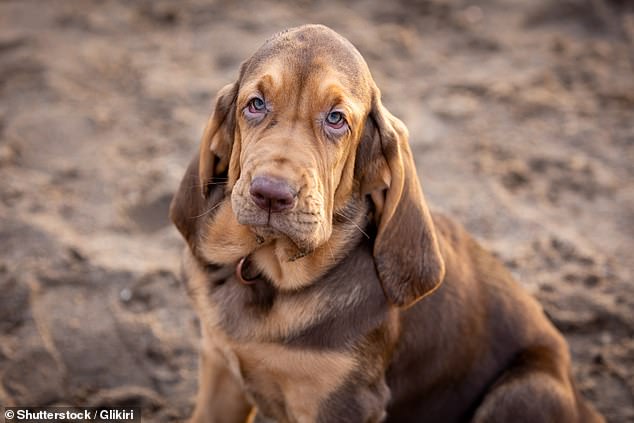
Breeds such as the Bloodhound, with inward or outward turned eyelids, can develop painful eye problems
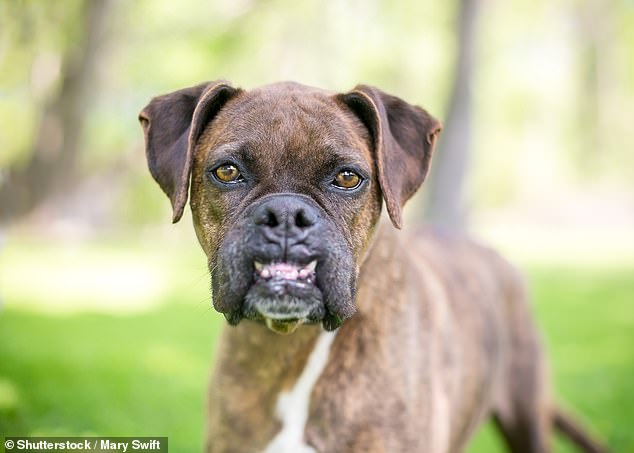
Breeds with a distinct over or undershot bite, such as the Boxer, may have difficulty eating
And taillessness – as seen in the Boston Terrier – at birth can make it difficult for dogs to communicate with each other.
Breeds with a distinct over or undershot bite, such as the Boxer, may have difficulty eating, while a disproportionally broad head and shoulders, as seen in the French bulldog, often result in an inability to deliver puppies.
Meanwhile, breeds such as the Bloodhound, with eyelids turned in or out, can experience painful eye problems, while breeds with a bulging or domed skull, such as the Chihuahua, are at greater risk for brain diseases.
Finally, owners should avoid dogs with sloping backs, low hind legs and bent hind legs, such as the German Shepherd Dog, as these traits are often associated with locomotion problems.
Dr. O’Neill told MailOnline these are some of the most affected breeds Basset Hounds, Boston Terriers, Dachshunds, English Bulldogs, French Bulldogs, German Shepherd Dogs, Neapolitan Mastiffs, Pekingese, Pugs, Shar Peis and Welsh Corgis.
Based on the findings, the researchers are calling on Britons to avoid promoting, breeding, selling or acquiring dogs with these 10 extreme conformations.
Dr. Michelle Groleau, member of ICECDogs, added: “There is an urgent need for the public to be made aware of the seriousness of the current situation and learn how they can contribute to a solution.”
